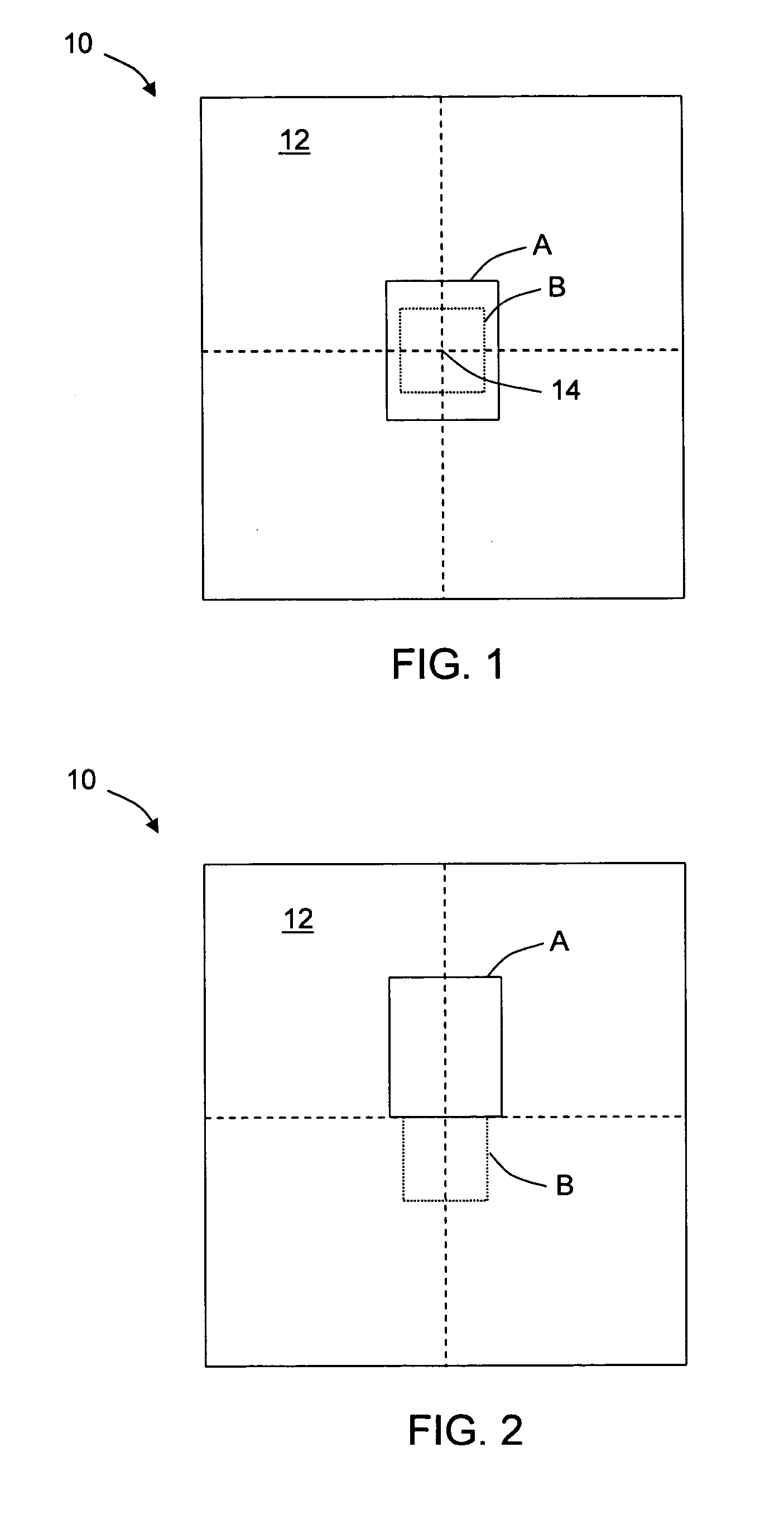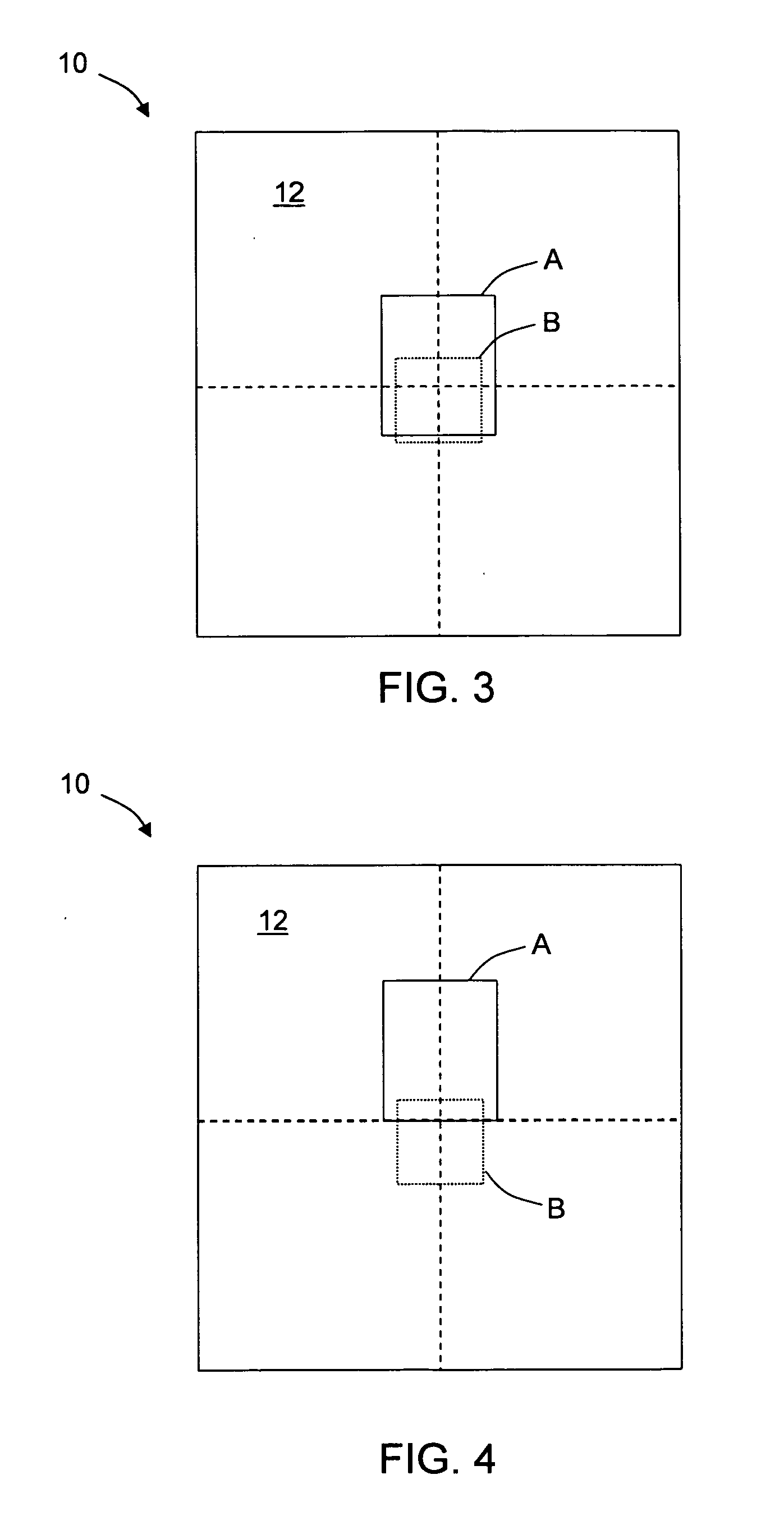Constraint-optimization method for document layout using tradeoff generation
- Summary
- Abstract
- Description
- Claims
- Application Information
AI Technical Summary
Benefits of technology
Problems solved by technology
Method used
Image
Examples
Embodiment Construction
[0030] What is disclosed is a system and method for specifying a custom document as a constraint satisfaction problem (CSP) to create the specified document using existing constraint solving algorithms. A set of content components and layout requirements form elements in a constraint satisfaction problem which when solved results in an automated document layout. For some layout problems, the content components and layout requirements result in some constraints that cannot all be satisfied at once. A system and method for interactive tradeoff generation method is applied to help the user specify preferred solutions during the optimization of the CSP in order to find the preferred solution.
[0031] The document is expressed as a template made up of variables, values, and constraints. An instance of that template is then created, resulting in a set of content and a layout of that content, by using a constraint satisfaction algorithm. Examples of known constraint satisfaction problems, o...
PUM
 Login to View More
Login to View More Abstract
Description
Claims
Application Information
 Login to View More
Login to View More - R&D
- Intellectual Property
- Life Sciences
- Materials
- Tech Scout
- Unparalleled Data Quality
- Higher Quality Content
- 60% Fewer Hallucinations
Browse by: Latest US Patents, China's latest patents, Technical Efficacy Thesaurus, Application Domain, Technology Topic, Popular Technical Reports.
© 2025 PatSnap. All rights reserved.Legal|Privacy policy|Modern Slavery Act Transparency Statement|Sitemap|About US| Contact US: help@patsnap.com



